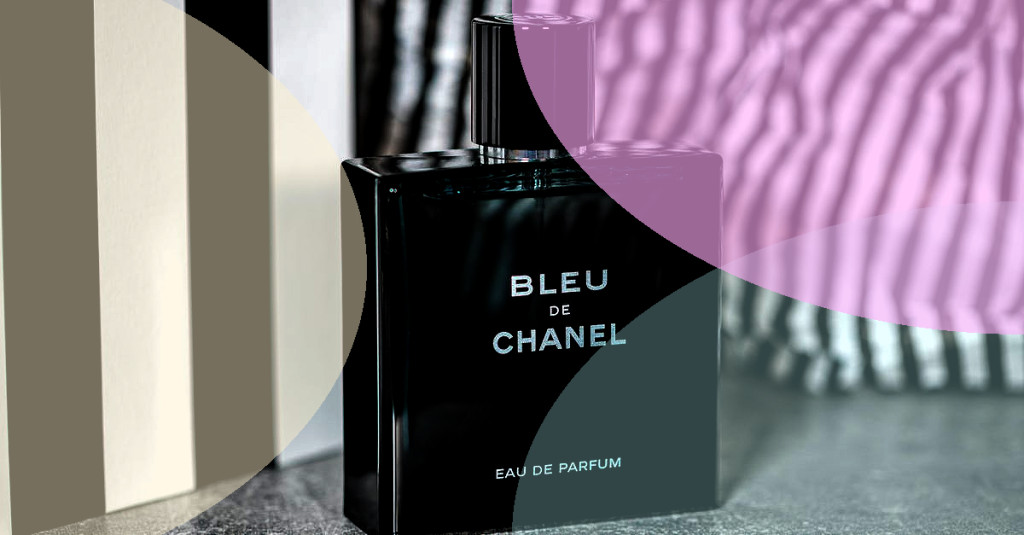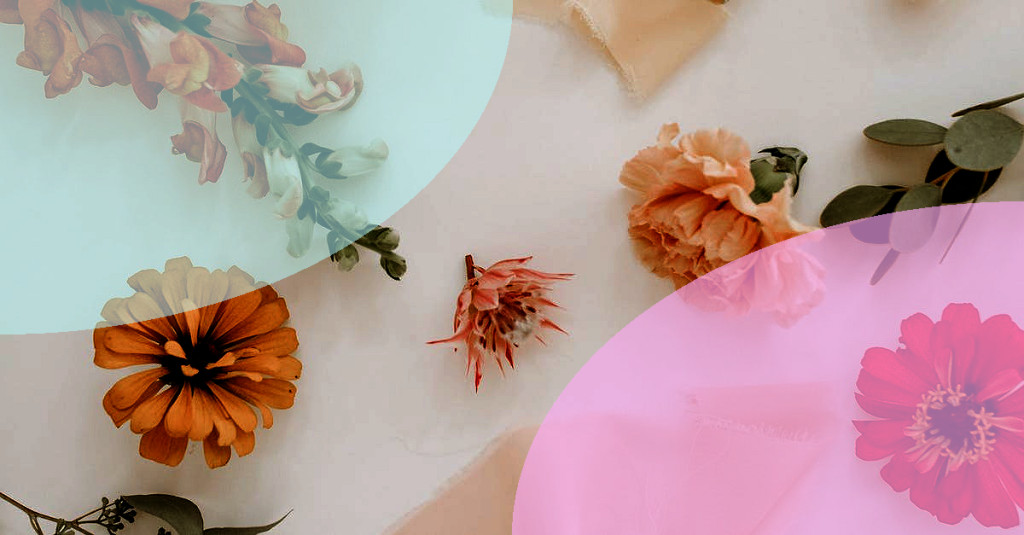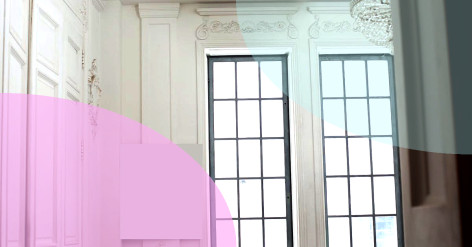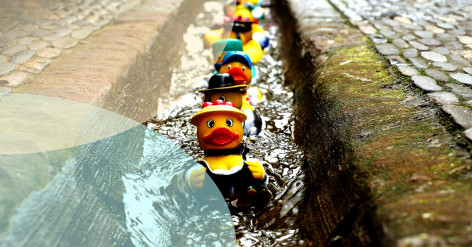DIY Perfume: Smell Amazing with Your Own Fragrance

The Alchemy behind Perfumes: Understanding the Basics

Are you tired of smelling just like everyone else? Do you want to create a personalized scent that makes you stand out from the crowd? If so, dive into the world of DIY perfume! In this article, we will guide you through the process of creating a unique and amazing fragrance that truly represents you. So let's start concocting your signature scent, shall we?
Top Notes
To become a self-taught perfumer, one must first understand the building blocks of creating a fragrance. There are three main components that make up a perfume: top notes, heart (middle) notes, and base notes.
Heart Notes
When you first apply a perfume, the initial scent you smell is the top note. This is because top note ingredients are volatile and evaporate quickly. They can last anywhere from 15 minutes to 2 hours. Some examples of top notes are citrus scents (e.g., lemon, lime, grapefruit), and light floral scents (e.g., lavender, jasmine).
Base Notes
After the top note dissipates, the heart note starts dominating the scene. Heart notes are the backbone of any fragrance, and they last longer than top notes -- typically between 2 to 4 hours. Common heart note ingredients are heavier floral scents (like rose or ylang-ylang), spices, and herbal scents.
Gathering Your Perfume-creating Toolkit
Finally, the base notes are the last to emerge and, being the longest-lasting ingredients, they can stick around for up to 24 hours or more. They are usually rich or earthy scents like musk, amber, or vanilla.
Having a basic understanding of these notes helps you build a balanced and harmonious perfume.
The Art of Creating a Signature Scent: Blending Your DIY Perfume
Before you start concocting your scent, gather the essential tools and ingredients. You will need:
- Essential oils or fragrance oils: These are the foundation of any perfume, and you will use them to create the top, heart, and base notes.
- Carrier oil or alcohol: This acts as the liquid base that dilutes and disperses your chosen fragrance oils. Common carrier oils are jojoba oil or sweet almond oil, or you could use high-proof vodka or pure grain alcohol.
- A dark glass bottle: It is crucial to store your perfume in a dark glass container, as exposure to light can degrade or alter the scent.
- Disposable pipettes, a glass dropper or a small funnel: These help you accurately measure and mix your ingredients.
- Strips of paper or cotton swabs: Use these to test your fragrance as you blend.
Step 1: Select Your Essential Oils
Related articles
Now comes the fun part: creating your one-of-a-kind scent! Follow these simple steps to concoct your DIY masterpiece.
Step 2: Experiment and Blend
Based on the fragrance family you want to create (e.g. floral, citrus, oriental, etc.), select a variety of essential oils or fragrance oils to include in your perfume. Check out Edens Garden for an extensive range of essential oils.
Step 3: Mix with a Carrier
Start experimenting by mixing and layering various combinations of essential oils. Begin with small amounts, such as 2-5 drops, and follow this general guideline:
- 30% top notes
- 50% heart notes
- 20% base notes
Keep track of the quantities and combinations you use, so you can recreate it or tweak it as needed. Test the blend with the paper strip or cotton swab between each addition.
Step 4: Store Your Perfume
Once you're satisfied with your creation, it's time to add a carrier. For an oil-based perfume, mix your essential oil blend with around 10 mL of a carrier oil like jojoba or sweet almond. If you prefer an alcohol-based perfume, combine the blend with around 10 mL of high-proof vodka or pure grain alcohol.
Step 5: Let It Rest
Transfer your perfume to a dark glass bottle using a pipette, dropper, or small funnel. Make sure the container is tightly sealed.
Going Beyond the Basics: Further Adventures in Perfumery
Allow your fragrance to mature by letting it sit for at least 48 hours before using it. Some scents may require weeks to fully blossom, so be patient and let your perfume develop to its full potential.
Scent-sational Creations: Unleashing Your Signature Scent

Once you've tapped into your inner perfumer and created a fragrance, consider taking your perfume-making journey further by exploring these advanced techniques:
- Try using fragrance notes from unconventional sources, such as fruits or vegetables.
- Experiment with exotic ingredients like oud, incense, or rare flowers.
- Study and learn from classic perfumes by replicating and analyzing their scent profiles. Fragrantica is a fantastic resource for learning about the composition of popular fragrances.
- Attend a workshop or take a class on perfumery to expand your knowledge and skills.
By venturing into the world of DIY perfumery, you can now create a unique and captivating signature scent that speaks to your personality and style. Go on, wear your fragrance with confidence and bask in the amazing world of self-made scents!




